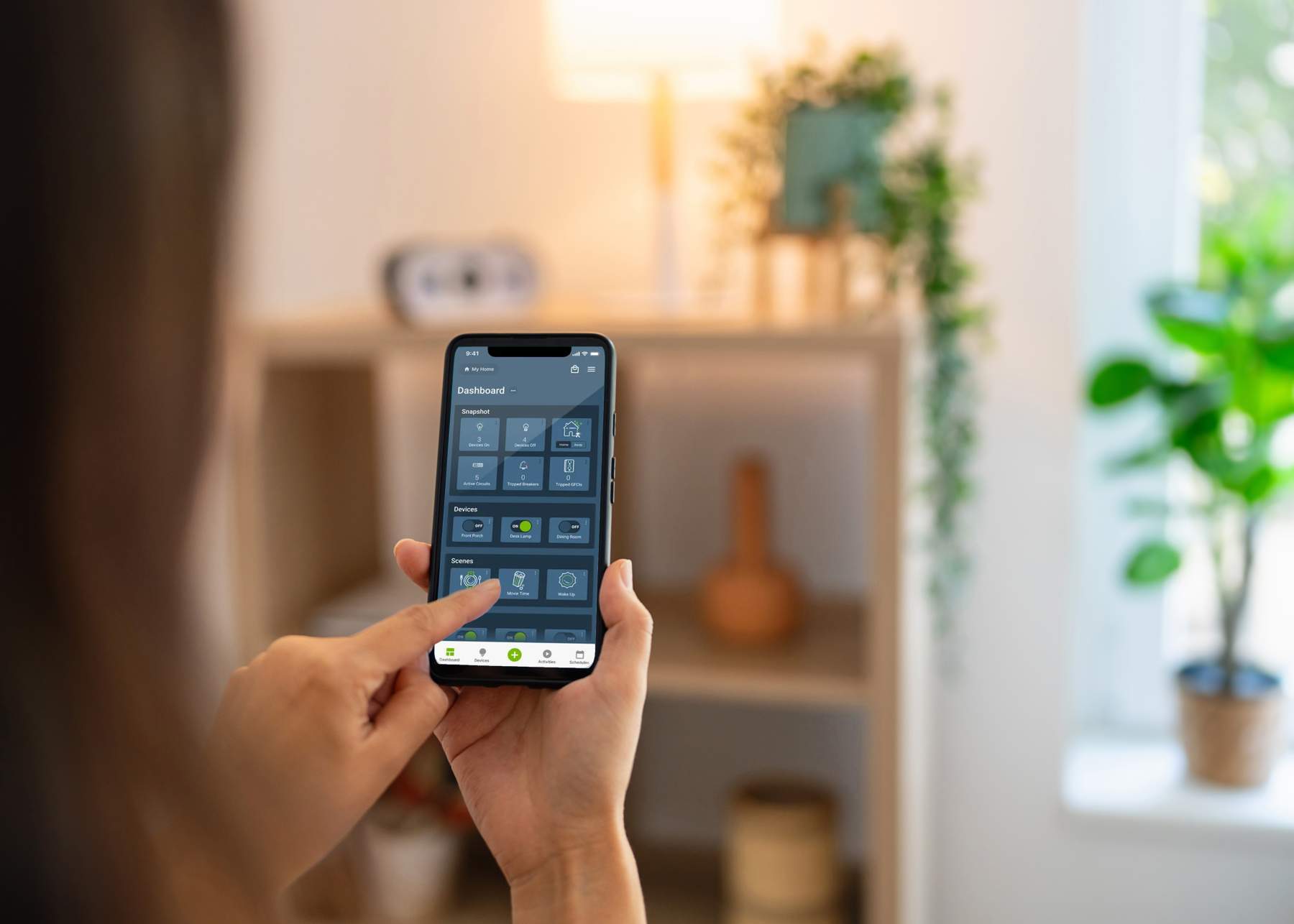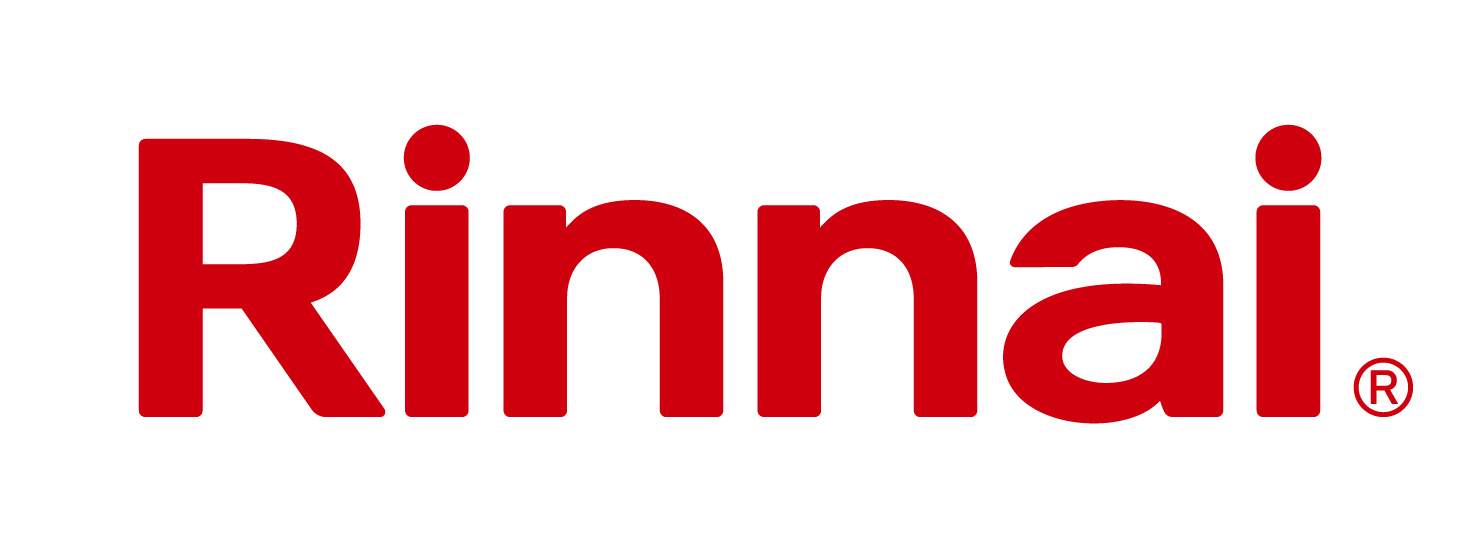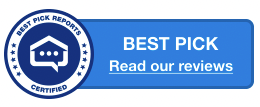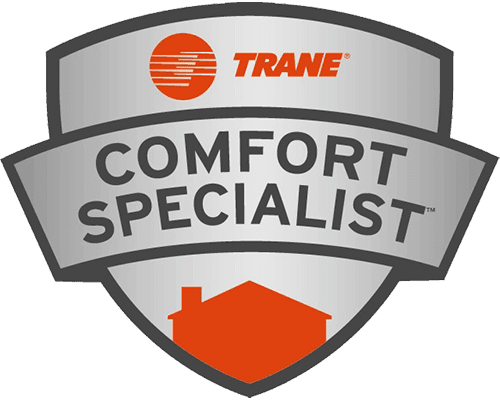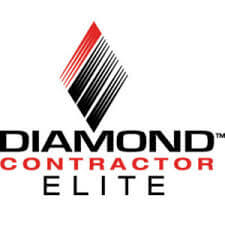Introduction
Welcome to the future of home living! Smart home integration is revolutionizing how we interact with our living spaces, making our homes more efficient, comfortable, and secure. But what exactly does it mean to integrate your plumbing, HVAC systems, and other household functions into a smart home ecosystem? Simply put, smart home integration involves connecting various devices and systems in your home to a centralized network, allowing you to control and monitor them remotely via your smartphone, tablet, or computer.
Imagine adjusting your thermostat, turning on lights, monitoring water usage, and detecting leaks from a single app. This level of control enhances convenience and provides substantial benefits in terms of energy efficiency, cost savings, and security. In this guide, we’ll explore how you can integrate your plumbing, HVAC systems, and other functions into your smart home, highlighting the benefits, challenges, and practical tips for implementation.
Benefits of Smart Home Integration
Energy Efficiency and Cost Savings
One of the most compelling reasons to integrate your home systems is the potential for energy efficiency and cost savings. Smart thermostats like Ecobee can learn your habits and adjust temperatures, accordingly, reducing energy consumption. Smart water heaters and leak detectors from brands like Rinnai and Bosch can prevent water waste and damage, leading to lower utility bills.
Increased Comfort and Convenience
With smart home integration, you can enjoy unparalleled comfort and convenience. Adjust the temperature, lighting, and even your shower’s water temperature without leaving your couch. For instance, Trane, Bryant, Mitsubishi Electric and Bosch offer advanced climate control systems that ensure your home is always at the perfect temperature.
Enhanced Control and Automation
Automation is a key feature of smart home systems. Set schedules for your HVAC system, automate lighting based on occupancy or receive alerts if there’s an issue with your plumbing. Devices like the Honeywell smart thermostats and Leviton’s smart lighting solutions offer robust automation features that make managing your home easier than ever.
Improved Safety and Security
Integrating smart devices into your home can significantly enhance safety and security. Leak detectors can alert you to potential water damage before it becomes a major issue, and smart HVAC systems can notify you of maintenance needs to prevent breakdowns. Security systems integrated into your smart home network can provide real-time alerts and remote monitoring capabilities.
Integrating Plumbing Systems
Smart Water Heaters and Leak Detectors
Smart water heaters from brands like Lochinvar and Rinnai can be controlled remotely, allowing you to adjust temperatures and monitor energy usage. The Rinnai Central™ mobile app provides comprehensive control over Rinnai water heaters, enabling you to monitor and manage your water heating system from anywhere. Leak detectors, such as those offered by Honeywell, can send alerts to your phone if they detect water, helping you prevent costly water damage.
Remote Control and Monitoring of Water Usage
Devices like the Flo by Moen smart water monitor can track your home’s water usage in real-time, allowing you to detect leaks and conserve water. You can set up alerts for unusual water usage, helping you catch potential issues early.
Examples of Smart Plumbing Devices and Their Benefits
- Rinnai Tankless Water Heaters: Provide endless hot water on demand, can be controlled remotely, and offer significant energy savings.
- Honeywell Leak Detectors: Detect water leaks early and send alerts to prevent damage.
- Flo by Moen: Monitors water usage and helps identify leaks, potentially saving thousands of dollars in repair costs.
Integrating HVAC Systems
Smart Thermostats and Climate Control
Smart thermostats from brands like Ecobee, and Honeywell can learn your schedule and preferences, adjusting the temperature automatically to save energy and keep you comfortable. These devices can also be controlled remotely, giving you the ability to adjust your home’s climate from anywhere.
Energy Management and Predictive Maintenance
Smart HVAC systems from Trane, Bryant, Mitsubishi Electric, and Bosch offer advanced features such as energy usage reports and predictive maintenance alerts. These systems can notify you when it’s time for a filter change or if there’s a potential issue, helping you maintain optimal performance and avoid costly repairs.
Other Smart Home Integrations
Lighting Control and Smart Appliances
Smart lighting systems from Leviton allow you to control your lights remotely, set schedules, and even change colors based on your mood or activity. Smart appliances can be controlled via your smartphone, offering convenience and energy savings.
EV Charging
With the rise of electric vehicles, integrating an EV charger like the ChargePoint Home Flex or Tesla’s Universal Wall Connector and many others into your smart home system can ensure your car is always ready to go. These chargers can be scheduled to charge during off-peak hours, saving you money on electricity.
Smart Electrical Panels
Smart electrical panels from companies like Span and Leviton offer insights into your home’s energy usage, allowing you to monitor and control individual circuits remotely. This can help you optimize energy consumption and identify potential issues before they become serious problems.
Smart Switches and Outlets
Smart switches and outlets from Leviton allow you to remotely control power to various devices and set energy-saving lighting and appliance schedules. These devices are key to managing energy consumption by turning off electronics and lights when they’re not needed, helping you create a more efficient and responsive home environment.
Wi-Fi Smoke and CO Detectors
Wi-Fi-enabled smoke and carbon monoxide (CO) detectors, such as those from Ring and First Alert Onelink, provide real-time alerts to your smartphone in case of smoke or CO detection. These devices can also integrate with other smart home systems to enhance your home’s safety.
Other Security Products
Smart home security products, like those offered by Ring, provide a comprehensive solution for monitoring and securing your home. Ring offers video doorbells, security cameras, and alarm systems that can be accessed and controlled through their app, giving you peace of mind whether you’re at home or away.
Challenges and Considerations
Compatibility Issues and How to Address Them
One of the main challenges of smart home integration is ensuring compatibility between different devices and systems. To address this, consider using devices that adhere to common standards like Zigbee or Z-Wave, or choose products from the same manufacturer to ensure seamless integration
Cost of Installation and Potential Return on Investment
While the initial cost of smart home devices can be high, the potential return on investment through energy savings and increased home value can be substantial. Evaluate the long-term benefits and consider starting with a few key devices before expanding your system.
Privacy and Security Concerns
Smart home devices collect a lot of data, raising privacy and security concerns. Ensure your devices have robust security features, keep your software updated, and use strong passwords. Brands like Honeywell and Ecobee are known for their commitment to security.
Practical Tips for Homeowners
Steps to Get Started with Smart Home Integration
- Identify Your Needs: Determine which systems you want to integrate and prioritize them based on your needs and budget.
- Research and Choose Compatible Devices: Look for devices that are compatible with each other and your existing systems.
- Plan Your Installation: Decide whether you’ll do it yourself or hire a professional. Some devices, like smart thermostats, can be installed easily, while others may require professional assistance. For professional assistance, consider contacting Papalia Home Services for expert installation.
- Set Up and Configure: Follow the manufacturer’s instructions to set up and configure your devices. Use apps and online tutorials to help guide you through the process.
- Optimize and Maintain: Regularly update your devices’ software, check for new features, and ensure that everything is functioning properly. Maintenance is key to ensuring your smart home systems run smoothly.
By integrating your plumbing, HVAC, and other systems into a smart home ecosystem, you can create a more efficient, comfortable, and secure living environment. With the right devices and a bit of planning, the benefits of smart home technology are well within your reach.
Ready to start your Smart home integration upgrade? Contact Papalia Home Services today and book online to get a custom quote tailored to your home’s needs.
